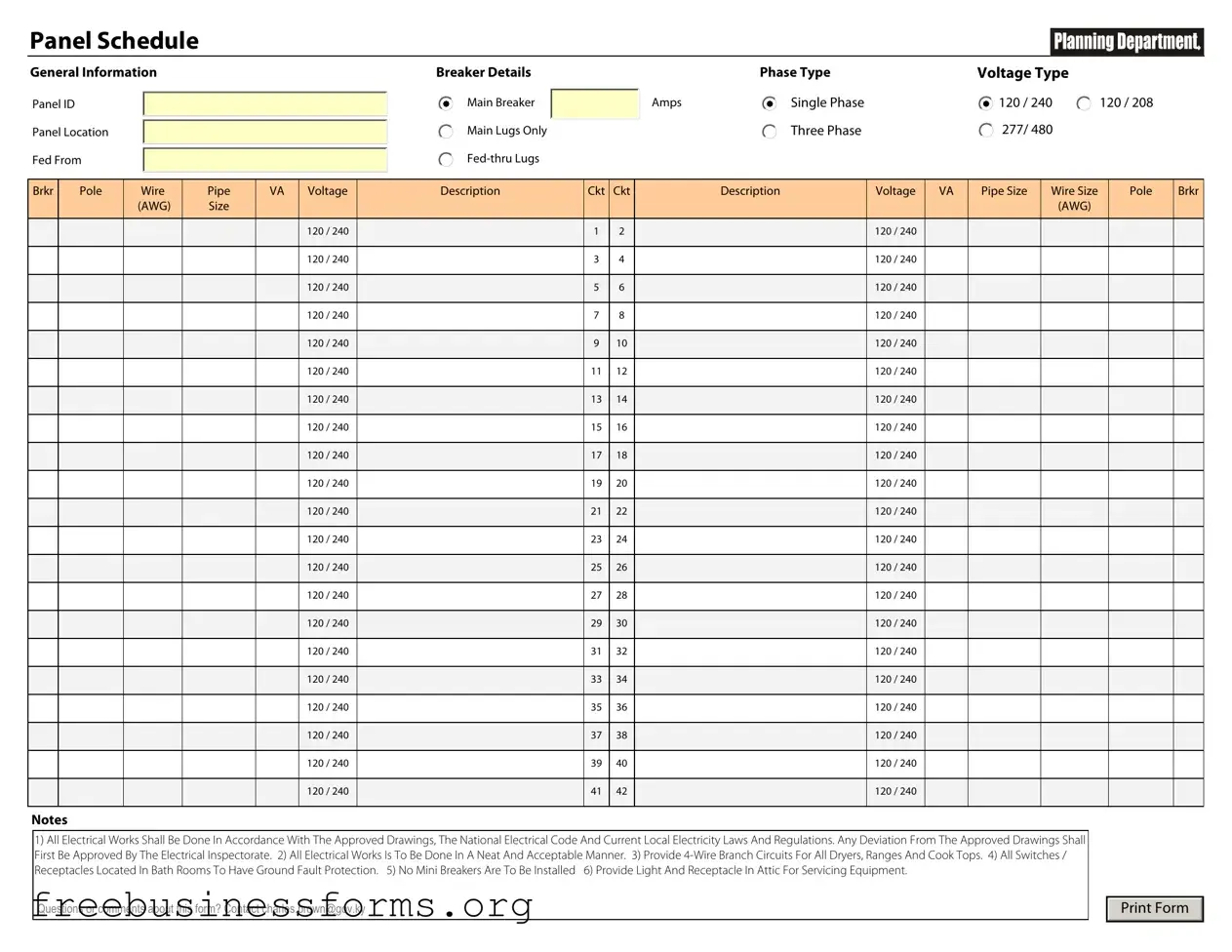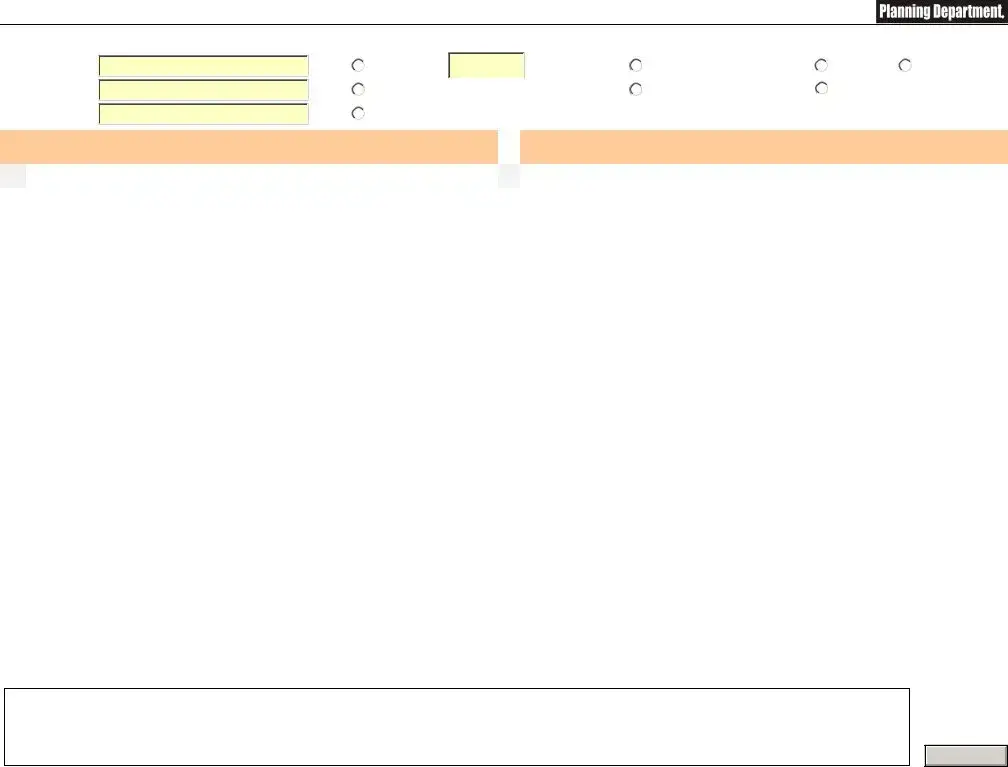Official Electrical Panel Schedule Form in PDF
The Electrical Panel Schedule form is a crucial document that outlines the distribution of electrical circuits within a building's electrical panel. This schedule provides essential information about circuit breakers, load capacities, and the specific areas or devices each circuit serves. Understanding this form is vital for ensuring electrical safety and efficiency in any facility.
Open Form Here

